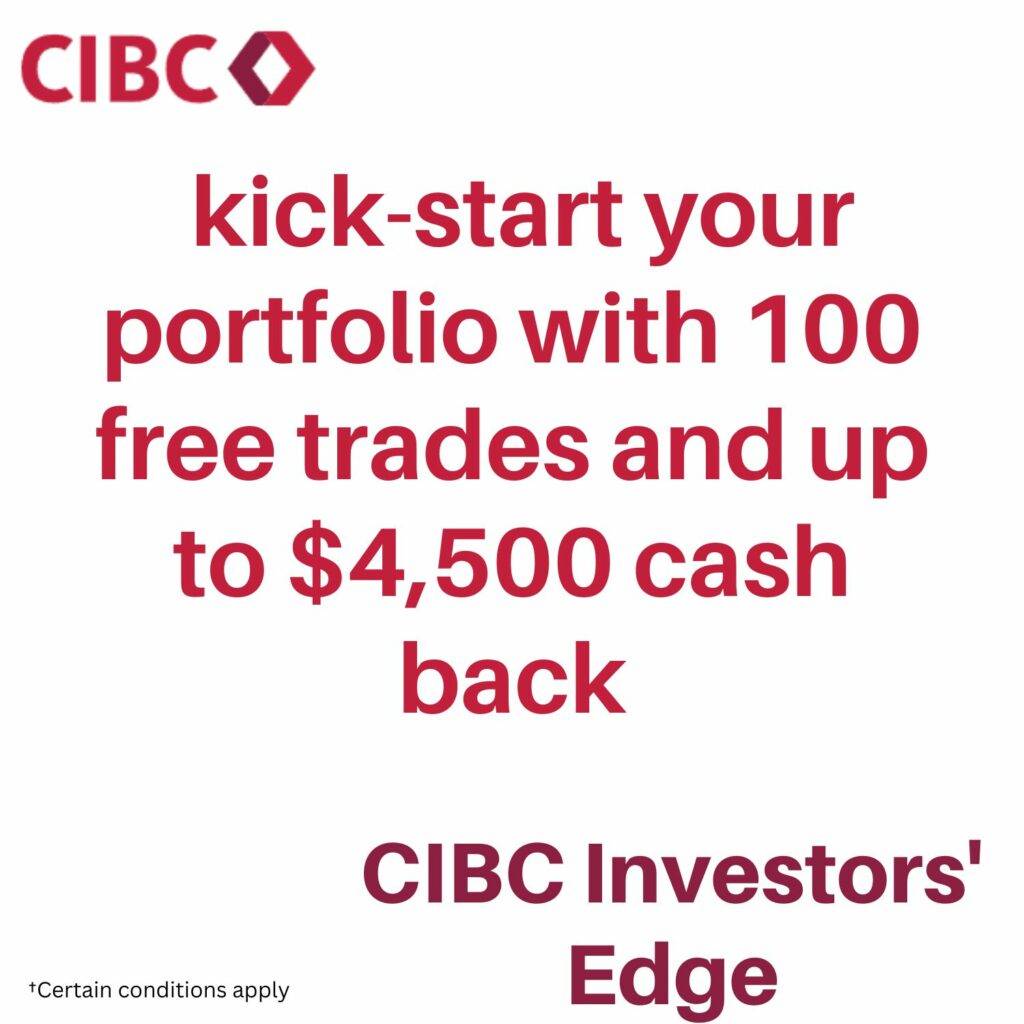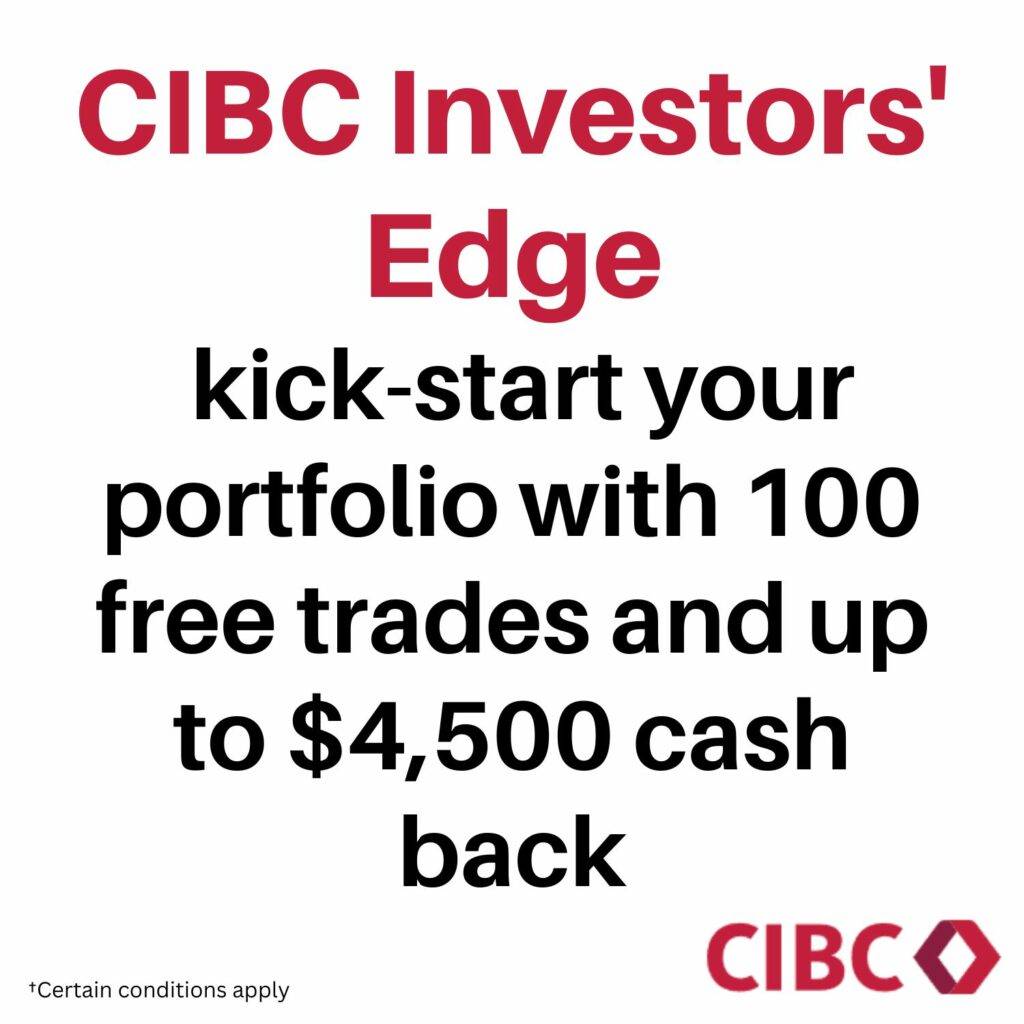Investors navigating the world of Exchange-Traded Funds (ETFs) in Canada are often on the lookout for opportunities that align with their financial goals and risk preferences. In this comprehensive guide, we’ll delve into the realm of Index ETFs, specifically those tracking three influential indices: the S&P 500, NASDAQ 100, and the TSX. But first, let’s demystify the concept of Index ETFs. These funds have gained prominence for their ability to replicate the performance of specific market indices, offering investors a diversified and cost-effective approach to gaining exposure to various sectors and regions. In this blog post, we’ll not only unravel the essence of Index ETFs but also present a curated list of the best Canadian ETF funds, categorized by the indices they track.

Why Investors Favor Index ETFs?
Index ETFs directly compete with growth mutual funds, which charge management fees exceeding 2%, and in some cases, reaching 4%. When banks marketed mutual funds, they emphasized active and professional management with the goal of outperforming the benchmark they replicate. Over time, it became evident that the overwhelming majority of fund managers fail to beat the benchmark.
As Warren Buffet has indicated on several occasions, “Beating the index in the long term is very difficult, even for professionals.” A manager may outperform the index in the short term, but to beat it over the long term, they must anticipate the market for 10 years, a feat that approaches the miraculous.
S&P 500
The S&P 500, or the Standard & Poor’s 500, is a market-capitalization-weighted index of the 500 largest publicly traded companies in the United States.
The S&P 500 is an excellent index as most of its constituents are large, well-established American companies, providing diversification across various sectors of the U.S. economy. Widely considered the best measure of the performance of large-cap U.S. stocks, it can be easily used to express an opinion on the overall U.S. economy. In other words, if you are optimistic about the long-term performance of the U.S. economy, it’s likely the best index for you.
All ETFs replicating the performance of the S&P 500 will have the same securities in their assets and in approximately the same proportions as the index itself.
S&P 500 Portfolio and Sector Allocation
| Title | Weighting (%) |
|---|---|
| Apple Inc. | 5.72 |
| Microsoft Corporation | 5.25 |
| Amazon.com Inc. | 3.98 |
| Facebook Inc. Class A | 2.11 |
| Alphabet Inc. Class A | 1.84 |
| Alphabet Inc. Class C | 1.78 |
| Tesla Inc | 1.52 |
| Berkshire Hathaway Inc. Class B | 1.45 |
| JPMorgan Chase & Co. | 1.43 |
| Johnson & Johnson | 1.27 |
S&P 500 Official Website
S&P 500 Sector Allocation
- Information Technology: 27.60%
- Health Care: 13.44%
- Consumer Discretionary: 12.70%
- Communication Services: 10.79%
- Financials: 10.34%
- Industrials: 8.47%
- Consumer Staples: 6.55%
- Utilities: 2.73%
Nasdaq 100
The Nasdaq-100 is one of the leading large-cap growth indices globally, consisting of 100 of the largest non-financial national and international companies listed on the Nasdaq based on their market capitalization. This index is dominated by companies in the information technology sector.
S&P/TSX 60
An index composed of the 60 largest companies on the Toronto Stock Exchange, dominated by the energy and financial sectors.
S&P/TSX Capped Composite Index
This index includes over 200 top Canadian stocks, representing approximately 95% of the Canadian stock market. Constituent securities must meet minimum float-adjusted criteria and liquidity to be eligible and maintain their membership in the index. Index weights are capped at 10% of the float-adjusted market capitalization of the index and are reviewed quarterly.
FTSE Canada All Cap
The FTSE Canada All Cap Domestic Index is a market-capitalization-weighted index representing the performance of Canadian companies with large, medium, and small market capitalizations. As of February 28, this index included 178 member stocks.
Currency risk coverage
When a manager needs to replicate a U.S. index, such as the S&P 500 or the Nasdaq 100, they are required to acquire these assets in U.S. dollars. Consequently, the fund has to periodically convert the available funds in Canadian dollars into U.S. dollars. The impact of these conversions can be either favorable or detrimental, depending on whether the Canadian dollar has appreciated or depreciated.
Recognizing the desire of many investors to mitigate this currency risk, the majority of ETFs replicating a U.S. index provide a “hedged” version of their funds. In some cases, there is also another version exclusively traded in U.S. dollars. Hedging serves as a form of insurance against currency fluctuations. The scenarios outlined below illustrate the potential outcomes.
| Scenario 1: Value of Canadian $ appreciated | Scenario 2: Value of Canadian $ depreciated | |
| Non hedged ETF | Index return Minus foreign exchange loss | Index return Plus foreign exchange gains |
| Hedged ETF | Index return | Index return |
| US $ ETF | Index Return The investor chooses when to convert | Index Return The investor chooses when to convert |
Best Index ETFs for the S&P 500
| MER | AUM | |
| BMO S&P 500 Hedged to CAD Index –ZUE | 0.09% | 1,601 |
| Horizons S&P 500 Index – HXS | 0.10% | 2,408 |
| iShares Core S&P 500 Index – XUS | 0.10% | 3,615 |
| iShares Core S&P 500 Index (CAD-Hedged) – XSP | 0.10% | 8,118 |
| Vanguard S&P 500 Index – VFV | 0.09% | 5,310 |
| Vanguard S&P 500 Index (CAD-hedged) – VSP | 0.09% | 1,915 |
| BMO S&P 500 Index ETF (ZSP.TO) – ZSP | 0.09% | 9,658 |
Historical performance
[stock_market_widget type=”table-quotes” template=”color-text” color=”#1613F3″ assets=”ZUE.TO,HXS.TO,XUS.TO,XSP.TO,VFV.TO,VSP.TO,ZSP.TO” fields=”symbol,ytd_return,three_year_average_return,five_year_average_return” links=”{‘ZUE.TO’:{},’HXS.TO’:{},’XUS.TO’:{},’XSP.TO’:{},’VFV.TO’:{},’VSP.TO’:{},’ZSP.TO’:{}}” display_header=”true” display_chart=”false” display_currency_symbol=”true” pagination=”true” search=”false” rows_per_page=”10″ sort_field=”logo_name_symbol” sort_direction=”asc” alignment=”left” api=”yf”]
Updated daily
Canadian Stocks with Best Dividends
VFV vs XIU: Unveiling the Best ETF for Your Portfolio in 2023

Best Index ETFs for the TSX
| Name | AUM | MER |
| Ishares S&P TSX 60 Index – XIU | 10,1B | 0.18 |
| Ishares Core S&P TSX Capped Comp – XIC | 9.4B | 0.06 |
| BMO S&P TSX Capped Comp – ZCN | 7.2B | 0.06 |
| Horizons S&P/TSX 60™ INDEX – HXT | 2.3B | 0.03 |
| Vanguard FTSE Canada All Cap – VCN | 4.1B | 0.05 |
Source Barchart and TD Market research
Historical performance
[stock_market_widget type=”table-quotes” template=”color-text” color=”#1613F3″ assets=”XIU.TO,XIC.TO,ZCN.TO,HXT.TO,VCN.TO” fields=”symbol,ytd_return,three_year_average_return,five_year_average_return” links=”{‘XIU.TO’:{},’XIC.TO’:{},’ZCN.TO’:{},’HXT.TO’:{},’VCN.TO’:{}}” display_header=”true” display_chart=”false” display_currency_symbol=”true” pagination=”true” search=”false” rows_per_page=”10″ sort_field=”logo_name_symbol” sort_direction=”asc” alignment=”left” api=”yf”]
Updated daily
VFV vs VGRO – Full review and comparison
HXT ETF Review: Horizons S&P/TSX 60™ Index ETF
3 Popular Index ETF from Horizons
Best Index ETFs for the Nasdaq 100
| Name | AUM | Fees |
| HXQ-U Horizons Nasdaq 100 Index USD | 275 | 0.25 |
| XQQ Ishares Nasdaq 100 Index | 1,476 | 0.35 |
| QQC-F Invesco QQQ Index | 406 | 0.32 |
| ZQQ BMO Nasdaq 100 Hedged To CAD Index | 1,419 | 0.35 |
Historical performance
[stock_market_widget type=”table-quotes” template=”color-text” color=”#1613F3″ assets=”HXQ-U.TO,HXQ.TO,XQQ.TO,QQC-F.TO,ZQQ.TO” fields=”symbol,ytd_return,three_year_average_return,five_year_average_return” links=”{‘HXQ-U.TO’:{},’HXQ.TO’:{},’XQQ.TO’:{},’QQC-F.TO’:{},’ZQQ.TO’:{}}” display_header=”true” display_chart=”false” display_currency_symbol=”true” pagination=”true” search=”false” rows_per_page=”10″ sort_field=”logo_name_symbol” sort_direction=”asc” alignment=”left” api=”yf”]
Do index funds pay dividends?
Yes, they do. Index Exchange-Traded Funds (ETFs) are structured to mirror the performance of a specific market index, and their dividends are sourced from the companies within that index. If the companies included in the index distribute dividends, the ETFs will pass on those dividends to their investors.
Understanding Dividend Yields
The dividend yield of an ETF is a crucial metric for investors looking for income-generating opportunities. It represents the annual dividend income expressed as a percentage of the ETF’s current market price. Examining the dividend yield is essential for investors seeking a balance between capital appreciation and regular income from their investments.
How to choose the right index fund
Selecting the most suitable index ETF involves a comprehensive examination of various factors to align with your financial goals and risk tolerance. Here are key considerations:
Determine Your Investment Goals:
Clearly define your investment objectives, whether they are centered around long-term growth, income generation, or capital preservation. Your goals will guide your choice of an ETF that aligns with your financial aspirations.
Understand the Underlying Index:
Index ETFs track specific market indices, such as the S&P 500, Dow Jones Industrial Average, or NASDAQ Composite. Understanding the components and methodology of the underlying index is crucial for assessing risk and potential returns.
Evaluate Expense Ratios:
The expense ratio (ER) represents the total costs charged by an ETF for managing the fund. Opt for funds with lower expense ratios, as this translates to a higher return on your investment.
Consider Liquidity:
Liquidity refers to an ETF’s ability to be bought or sold in the market without significantly affecting its price. High liquidity, characterized by a high trading volume, ensures ease of transactions and minimizes potential trading costs.
Analyze Diversification:
A well-diversified ETF spreads its investments across a variety of assets, reducing the impact of poor performance from a single investment. Evaluate the fund’s holdings to ensure it aligns with your risk tolerance and investment strategy.
Assess Historical Performance:
While past performance does not guarantee future results, analyzing an ETF’s historical performance can provide insights into its behavior under various market conditions. Consider how the ETF has performed in different market cycles.
Seek Professional Advice:
If you find yourself uncertain about which ETF suits your needs, consider consulting a financial advisor. A professional can provide personalized guidance based on your financial situation, helping you make informed investment decisions.
In conclusion, investing in index funds offers a diversified and relatively low-cost approach to gaining exposure to various market segments. Whether you’re a seasoned investor or just starting, understanding the intricacies of index ETFs and their dividend-paying capabilities is vital for constructing a well-balanced and effective investment portfolio.
Disclaimer
The data on this website is for your information only. It does not constitute investment advice, or advice on tax or legal matters. Any information provided on this website does not constitute investment advice or investment recommendation nor does it constitute an offer to buy or sell or a solicitation of an offer to buy or sell shares or units in any of the investment funds or other financial instruments described on this website. Should you have any doubts about the meaning of the information provided herein, please contact your financial advisor or any other independent professional advisor.

